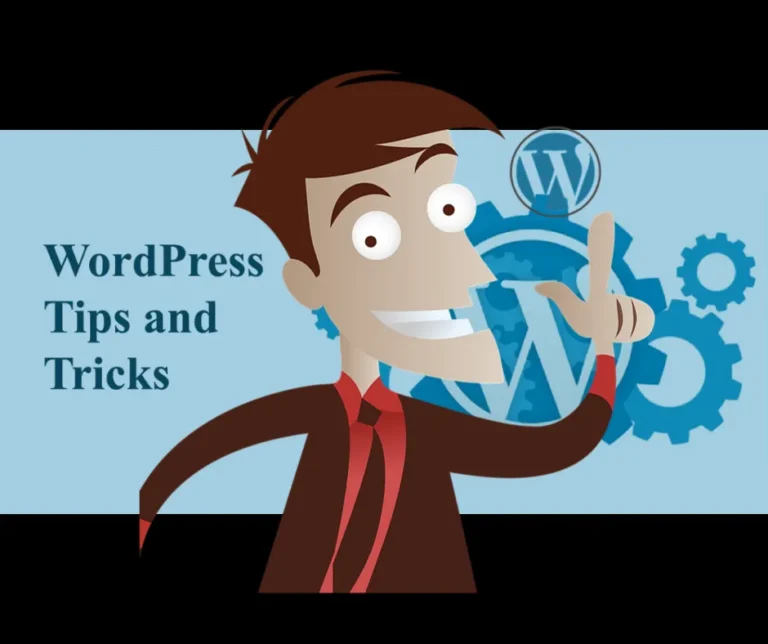4 Amazing Changes safeguard WordPress Theme
This article will show 4 Amazing Changes safeguard WordPress Theme.
How to Change a WordPress Theme
Switching themes becomes more complicated if you want to do a WordPress Theme Change safely. A change to the theme you are using can potentially break your site’s functionality.
Therefore, it may take longer than just clicking the Activate button to switch themes without introducing a new problem. The good news is that by following a few simple steps you can ensure your site operates smoothly after the switch.
Before we get started, let me clarify what I mean when I say “change theme”. In this case, I am referring to switching from one of the default themes in the WordPress installation to another.
For example, if you have installed the OceanWP theme and now wish to use the TwentyTen theme instead, then you would need to make a change to the OceanWP theme files before activating the TwentyTen theme.
If you want to learn how to install a WordPress theme, please read our guide on How to Install a New WordPress Theme.
Step 1: Backup Your Site
The first step is always to back up your site. It doesn’t matter whether you are changing a theme or not – it’s still important to keep a backup copy of your site.
This way, if anything goes wrong with your website, you can simply restore the backup file to fix any problems.
To create a backup of your site, follow these instructions:
1) Log into your cPanel account.
2) Select File Manager under the Files section.
3) Click the Upload button at the top right corner of the page.
4) Navigate to the folder where your website files are stored (usually /home/username/public_html).
What You Must Do Before Changing Your WordPress Theme
Editorial Staff If you have ever used WordPress, you have probably switched themes at least once. This is your first time, so it is even better if you haven’t. The beauty of WordPress is that you can easily change themes. Almost nothing separates you from it. It takes more than clicking activate to change a theme. Throughout this article, we will provide you with a checklist of things that you MUST do before changing your WordPress theme. The following steps are crucial to ensure that the process goes smoothly, otherwise you might lose information that you didn’t want.
The web is an essential part of WordPress users’ problem-solving routine. Usually, they find those solutions in the form of snippets that they manually add to the functions.php or other files of their theme. Having made these changes once, people don’t remember them very well. Note down all the additional code you added to your theme files. You should also check your current theme’s load time so that you can compare the two. To test different pages, go to a site like Pingdom Tools or use YSlow (yes, different pages, not just the homepage).
The theme you choose must be widget-ready. A lot of users use sidebar widgets since they are easy to use. Users tend to customize sidebars the most on WordPress sites. Changes are made to the website all the time, such as adding custom texts, images, links, advertisements, and widgets. The widgets on your site will not work if you switch to a theme not widget-ready. If your theme makes use of widgets, then this is not an issue.
Additionally, anything you modify in the sidebar.php file of your old theme will be overwritten. Be sure to add the codes to the sidebar of the new theme.
Many bloggers utilize one or more analytics services such as Google Analytics. The tracking codes are not added via plugins for a lot of us. Some of us modify the codes in the footer.php file. We have adsense code spots in some of our themes. Regardless of your case, the tracking code should be copied and pasted into the new theme. A common mistake made by users is overlooking this. We tend to forget about it since it’s so simple.
Things to Do Before Changing a WordPress Theme
A theme can be changed with just a few clicks, but you must take some precautions before you do so.
Following the following checklist will ensure that the process of changing your WordPress theme goes smoothly and that you don’t lose important data.
This is one. Theme Snippets Some intermediate WordPress users like to customize their websites by adding code snippets directly to the functions.php file of their theme. These snippets can be useful when you need to make quick adjustments to the look and feel of your site. However, there is no guarantee that you won’t overwrite something else. Make sure that you back up your files regularly.
You may lose any modifications you make to your theme files. In addition, you may end up losing your previous settings.
You should always backup your files before making any major changes.
If you are using a plugin such as Yoast SEO, you should back up its database as well.
If you are using a plugin for your posts, you should back up the database of that plugin as well.
If your theme has a built-in feature called “customizer,” you should back up that too.
Make sure that you know how to restore your backups. This is especially true if you change your theme without backing up first.
You should also keep track of what you did. For example, if you change your theme, you should note down the date and time.
It is best to avoid doing things at night. It is much easier to make mistakes during the day than at night.
You should never edit your theme files while logged out of your admin panel.
If you are going to change your theme, you must log out of your admin panel first. This is because you cannot access your theme files from another user account.
Changes like these are usually forgotten once they have been made.
Make sure that you note down all the additional code that you’ve added to your current theme, if you or your developer made these changes. If you do this, you will be able to add them later into your new theme’s functions.php file or into a site-specific WordPress plugin 2. You should check the load time of your website before changing the theme, so you can easily compare the differences in the page load time after the changes.
You need to make sure that the new theme is faster than your previous one since WordPress speed is a factor in user experience and SEO.
Checking the loading time of the homepage of your website as well as some of your inner pages can be done by using a tool such as Pingdom.
The third argument is straightforward. Please keep your analytics tracking code in your theme files. You can also add AdSense and Analytics code to some WordPress themes’ settings panel.
Beginners often overlook these codes.
After you switch themes, ensure that all tracking codes are copied, so they can be added to your new site.
In order to prepare for the future, we always recommend users use MonsterInsights or other plugins like Header and Footer 4 to install Google Analytics. Make a Full Backup It’s always recommended to back up your posts, images, plugins, and the database before changing your theme.
You can use a WordPress backup plugin to create the backup of your entire site. Make sure that you download this backup to your computer before moving forward.
This step will ensure that you can recover your website easily if anything goes wrong.
5. Sidebar Content Sidebars are used for adding different widgets including social links advertisements subscription forms a contact form Make a note of these changes. If there is any custom code added into a widget, then make sure you copy and paste this code on your computer, so you can reuse it in your new theme.
6. Keep Your Site on Maintenance Mode It’s a good practice to put your website on maintenance mode when you’re making changes to it. You don’t want your visitors to see an under construction site, right?
We recommend using the SeedProd plugin for this purpose.
To keep your site on maintenance mode, you need to install and active the SeedProd plugin Next, head over to SeedProd » Settings page to configure plugin settings. Here you need to select the Enable Maintenance mode radio button and click on the Save All Changes button.
In conclusion, switching themes may seem easy but it isn’t.
If you are planning to switch themes, you need to take extra precautions.
The above steps will help you avoid common mistakes while switching themes.







